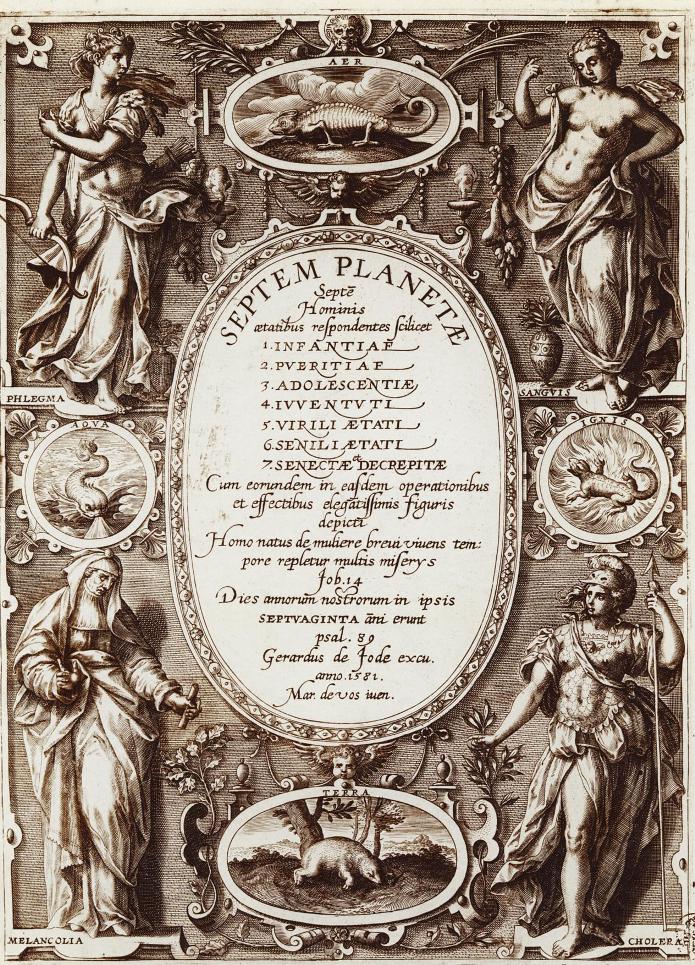p. 107
labor. Most of them are of a miserly temperament, fond of storing things away in secret places. There is abundant evidence of the fact that small children often see the gnomes, inasmuch as their contact with the material side of Nature is not yet complete and they still function more or less consciously in the invisible worlds.
According to Paracelsus, “Man lives in the exterior elements and the Elementals live in the interior elements. The latter have dwellings and clothing, manners and customs, languages and governments of their own, in the same sense as the bees have their queens and herds of animals their leaders.” (Philosophia Occulta, translated by Franz Hartmann.)
Paracelsus differs somewhat from the Greek mystics concerning the environmental limitations imposed on the Nature spirits. The Swiss philosopher constitutes them of subtle invisible ethers. According to this hypothesis they would be visible only at certain times and only to those en rapport with their ethereal vibrations. The Greeks, on the other hand, apparently believed that many Nature spirits had material constitutions capable of functioning in the physical world. Often the recollection of a dream is so vivid that, upon awakening, a person actually believes that he has passed through a physical experience. The difficulty of accurately judging as to the end of physical sight and the beginning of ethereal vision may account for these differences of opinion.
Even this explanation, however, does not satisfactorily account for the satyr which, according to St. Jerome, was captured alive during the reign of Constantine and exhibited to the people. It was of human form with the horns and feet of a goat. After its death it was preserved in salt and taken to the Emperor that he might testify to its reality. (It is within the bounds of probability that this curiosity was what modern science knows as a monstrosity.)
THE UNDINES
As the gnomes were limited in their function to the elements of the earth, so the undines (a name given to the family of water elementals) function in the invisible, spiritual essence called humid (or liquid) ether. In its vibratory rate this is close to the element water, and so the undines are able to control, to a great degree, the course and function of this fluid in Nature. Beauty seems to be the keynote of the water spirits. Wherever we find them pictured in art or sculpture, they abound in symmetry and grace. Controlling the water element–which has always been a feminine symbol–it is natural that the water spirits should most often be symbolized as female.
There are many groups of undines. Some inhabit waterfalls, where they can be seen in the spray; others are indigenous to swiftly moving rivers; some have their habitat in dripping, oozing fens or marshes; while other groups dwell in clear mountain lakes. According to the philosophers of antiquity, every fountain had its nymph; every ocean wave its oceanid. The water spirits were known under such names as oreades, nereides, limoniades, naiades, water sprites, sea maids, mermaids, and potamides. Often the water nymphs derived their names from the streams, lakes, or seas in which they dwelt.
In describing them, the ancients agreed on certain salient features. In general, nearly all the undines closely resembled human beings in appearance and size, though the ones inhabiting small streams and fountains were of correspondingly lesser proportions. It was believed that these water spirits were occasionally capable of assuming the appearance of normal human beings and actually associating with men and women. There are many legends about these spirits and their adoption by the families of fishermen, but in nearly every case the undines heard the call of the waters and returned to the realm of Neptune, the King of the Sea.
Practically nothing is known concerning the male undines. The water spirits did not establish homes in the same way that the gnomes did, but lived in coral caves under the ocean or among the reeds growing on the banks of rivers or the shores of lakes. Among the Celts there is a legend to the effect that Ireland was peopled, before the coming of its present inhabitants, by a strange race of semi-divine creatures; with the coming of the modem Celts they retired into the marshes and fens, where they remain even to this day. Diminutive undines lived under lily pads and in little houses of moss sprayed by waterfalls. The undines worked with the vital essences and liquids in plants, animals, and human beings, and were present in everything containing water. When seen, the undines generally resembled the goddesses of Greek statuary. They rose from the water draped in mist and could not exist very long apart from it.

Moe is the founder of GnosticWarrior.com. He is a father, husband, author, martial arts black belt, and an expert in Gnosticism, the occult, and esotericism.



